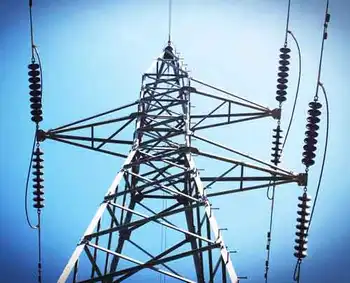Chinese power shortage to surpass 2,000 MW
The grid is the largest regional power grid in China, covering the Fujian, Zhejiang, Jiangsu, and Anhui provinces, as well as the city of Shanghai. From January to May, the maximum load under united dispatching in the eastern grid reached 109.9 million kilowatts (kW), an increase of 17% compared with the same period last year.
Power consumption under united dispatching reached 241.5 billion kilowatt-hours, an increase of 16.1% from last year. The maximum load in Fujian province reached 15.28 million kW, an increase of 11.8%. It is expected that the grid's maximum power demand this summer will reach 143 million kW, with the maximum power shortage of the grid expected to surpass 2,000 megawatts (MW).
Power demand in Fujian is expected to reach 18.9 million kW with an expected shortage reaching 890 MW.
In anticipation of the expected peak load, ECPGC is arranging to put 12.25 million kilovolt-amperes (kVa) of transformer substation capacity and 2,155 kilometers (km) of 500-kilovolt transmission lines into operation before the summer peak. ECPGC plans to put 3.5 million kVa of the planned transformer-substation capacity and 1,133 km of the transmission lines into operation.
So far, 350,000 kVa of transformer-substation capacity and 498 km of transmission lines have been put into operation.
ECPGC and various local electric power companies in eastern grid are preparing for the peak load in the coming summer. Preparations include possible outsourcing and various schemes for demand-side management in order to alleviate the tension between power supply and demand.
Related News

COVID-19 pandemic zaps electricity usage in Ontario as people stay home
TORONTO - Demand for electricity in Ontario last year fell to levels rarely seen in decades amid shifts in usage patterns caused by pandemic measures, new data show.
The decline came despite a hot summer that had people rushing to crank up the air conditioning at home, the province’s power management agency said.
“We do have this very interesting shift in who’s using the energy,” said Chuck Farmer, senior director of power system planning with the Independent Electricity System Operator.
“Residential users are using more electricity than we thought they would and the commercial consumers are using less.”
The onset of the pandemic last…





